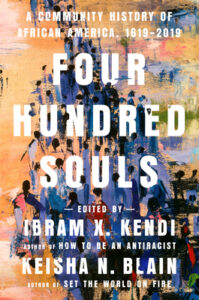 In 1926, Carter G. Woodson, often called the “father of Black history”, had the idea of setting aside time to educate people about Black history and culture. What started as a weeklong celebration to encourage the teaching of Black history in public schools, grew into what is now known as Black History Month. President Gerald R. Ford officially recognized Black History Month during the country’s 1976 bicentennial, calling upon Americans to “seize the opportunity to honor the too-often neglected accomplishments of Black Americans in every area of endeavor throughout our history”.
In 1926, Carter G. Woodson, often called the “father of Black history”, had the idea of setting aside time to educate people about Black history and culture. What started as a weeklong celebration to encourage the teaching of Black history in public schools, grew into what is now known as Black History Month. President Gerald R. Ford officially recognized Black History Month during the country’s 1976 bicentennial, calling upon Americans to “seize the opportunity to honor the too-often neglected accomplishments of Black Americans in every area of endeavor throughout our history”.
Forty years later, President Barack Obama said, “Black History Month shouldn’t be treated as though it is somehow separate from our collective American history or somehow just boiled down to a compilation of greatest hits from the March on Washington or from some of our sports heroes. It’s about the lived, shared experience of all African Americans, high and low, famous and obscure, and how those experiences have shaped and challenged and ultimately strengthened America.”
Want to learn more about Black History Month? Check out the website of the Association for the Study of African American Life and History (ASALH).
Want to read more? At Ohrstrom Library, our shelves are full of books celebrating Black Americans’ contributions to culture, history, science, social justice, and the arts, which you can find not just in February, but all year long. Stop by the library to check out our display and see below for some reading recommendations. To learn about the publications of early Black student groups at SPS, check out our blog post from last year HERE.
Source: NPR, “The Story Behind Black History Month”, 1 February 2022
Leave a Reply